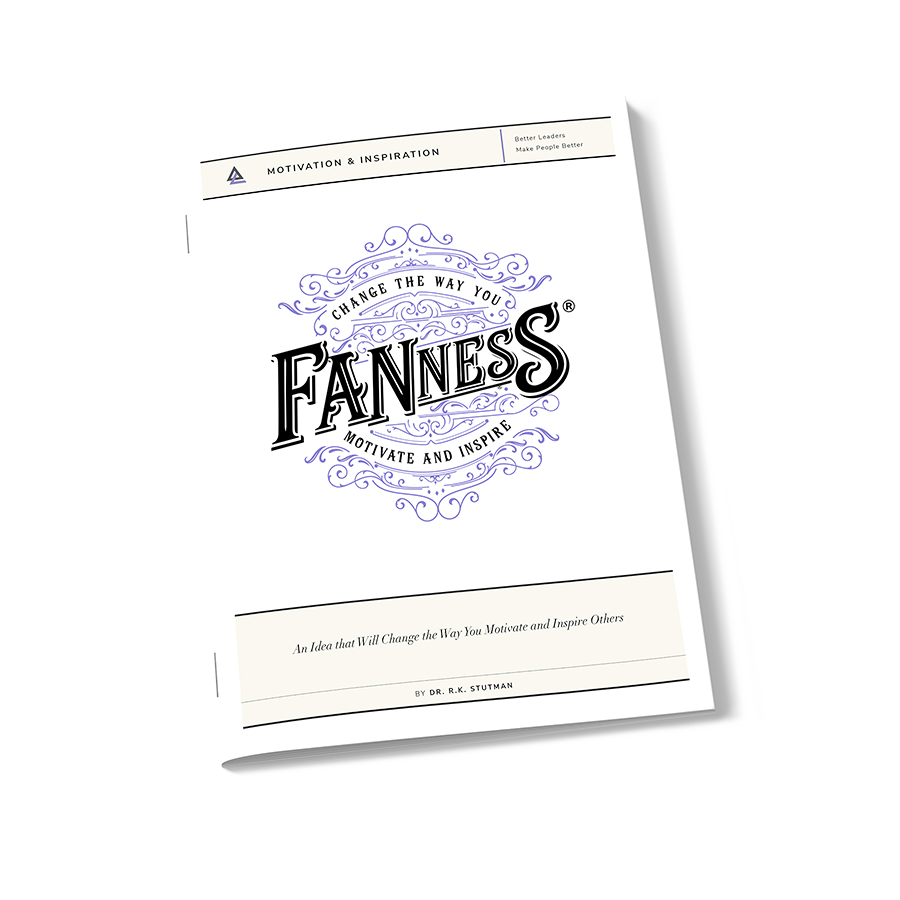The Tour de France, the oldest and most prestigious of the three Grand Cycling Tours, is underway.
This annual multi-stage bicycle race across the French countryside has been held yearly since 1903 and draws fans from across the world.
Conducted in stages over 23 days (some years 24), the race includes narrow roads, sharp turns, vast distances, and challenging terrain, such as the passage through the mountain ranges of the Pyrenees and the Alps.
What isn’t known, except to avid cycling fans, is how the race is the embodiment of teamwork.
Twenty or more teams compete in the race, each with a team leader. The team leader is selected based on the season’s performance, team strategy, and rider abilities. They are usually the best all-around rider, able to handle the grueling demands of the three-week race.
Once the leader is determined, the rest of the team dedicates their efforts to maximizing the leader’s chances in the race’s key moments.
They push aside their own ambition and desire for individual performance and focus exclusively on protecting the leader from race risks and a loss of energy.
Through the strategy of drafting, teammates ride in front of their leader to shield them from wind resistance. This allows the leader to conserve up to 40 percent more energy compared to riding alone. This conservation of energy is vital for the leader to perform at critical moments in the race, such as mountain climbs and final sprints.
Team members also play specialized roles to help the leader, such as setting the pace to suit the leader’s strengths or protecting the leader from crashes in chaotic or dangerous sections.
Throughout the entire race, team members sacrifice their own chances to protect the leader’s overall standing and success.
The Tour de France highlights individual champions, but victory is only possible when each team rider plays a specific role to promote the leader. Any team, in any setting or arena, would be wise to learn from the example of this tremendous collective effort.
When everyone on a team aligns around a unified purpose, understands their role in propelling the team toward success, and stands ready to sacrifice their personal agendas for the good of the team, great results happen.
The questions corporate, non-profit, and school teams need to ask are: Does everyone on the team know what it means to win? Are they each committed and willing to personally sacrifice for the team’s success? Do team members understand the specific role they currently play to help the team achieve that success?
When the answer to all three questions is a resounding “Yes,” the team is poised for outstanding results. Team cycling is an ideal model, but the idea of collective effort works everywhere.

Tour de France: The Ultimate Display of Teamwork
Sign-up Bonus
Enter your email for instant access to our Admired Leadership Field Notes special guide: Fanness™—An Idea That Will Change the Way You Motivate and Inspire Others.
Inspiring others is among the highest callings of great leaders. But could there be anything you don’t know, you haven’t heard, about how to motivate and inspire?
Could there really be a universal principle that the best leaders follow? A framework that you could follow too?
There is.
Everyone who signs up for Admired Leadership Field Notes will get instant access to our special guide that describes a powerful idea we call Fanness™ (including a special 20-minute video that really brings this idea to life).
